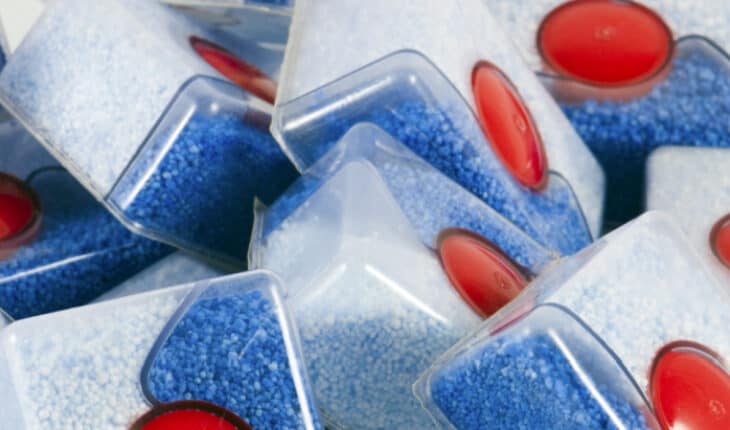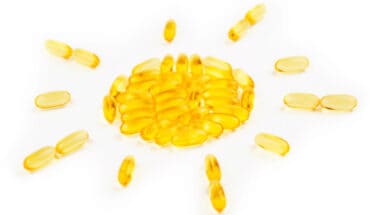The dangers of swallowing things: While some objects swallowed can pass straight through there are many occasions where this does not happen, and the results can be life-changing or fatal.
Babies and young children tend to put everything into their mouths. For them, it is an additional sense and part of their development. However, this can be dangerous and it’s important to constantly watch your child and be aware of everything within their reach to ensure it is unlikely to harm them.
It is also vital to adhere to the age recommendations on toys. When you have an older child with a younger sibling, ensure that small parts from toys are kept well out of reach from the younger child.
A child’s airway is relatively small. Things that fit through a loo roll can get stuck or go down the wrong way.
This article covers some of the most common items swallowed and gives you clear guidance as to how to recognise something might be wrong and how to help.
Signs that indicate your child might have swallowed something – and is in distress
- Coughing
- Gagging
- Trouble swallowing
- Drooling
- Chest pain
- Stomach pain
- Vomiting
- Problems going to the bathroom
Magnets
Recently, there has been a TikTok trend where teenagers use 2 small magnetic balls on their tongues to fake piercings and prank friends and parents. This has resulted in a fivefold increase in magnet ingestion over the past 5 years in teenagers and young children. There has also been a rise in hospital admissions caused by the swallowing of foreign objects.
Magnets can cause immense internal damage because they are forced together in the intestines or bowels and can twist or squeeze the tissue and cut off the blood supply. The constricted area of the gut then dies and becomes necrotic. Swallowing magnets can cause severe infections and lead to the need for reconstructive surgery or bowel removal.
Some magnets that are sold in toys for children are 4 times stronger than is advised in any form of toys.
There have been many stories on the news recently about children who have swallowed tiny magnets and had to have serious surgery. One case is about 2 year old Millie who had to have a laparoscopy procedure to remove 14 magnetic balls that were stuck in her large bowel.
If you think your child has swallowed a magnet do not wait for symptoms. You should go to A&E immediately, explain what you think has happened and they will X-ray to confirm and arrange urgent surgery if necessary.
Button Batteries
Button batteries are extremely dangerous if ingested as they release corrosive chemicals that can burn through the digestive system. The batteries produce Caustic Soda which burns through flesh. Even if the battery no longer has sufficient charge to work, it can still do immense damage. Children who have inserted batteries into their noses or ears have also required reconstructive surgery.
This image demonstrates just how dangerous button batteries can be. This button battery was left between 2 pieces of ham for 90 minutes.
If you think your child has swallowed a button battery do not wait for symptoms. You should go to A&E immediately and get them X-rayed. Do not encourage your child to be sick as the corrosive substance can burn their throat on the way up too. Some health professionals have suggested that eating a spoonful of honey after ingesting a battery can reduce some of the harmful side effects of swallowing a button battery. However it is critical that they are taken to hospital and x-rayed immediately. Button batteries can cause irreparable damage in just a few hours and cause fatalities every year.
Coins
Many children swallow coins and although most small coins usually pass straight through, sometimes this is not the case. If you are worried and a coin hasn’t reappeared when you expect it to or if your child starts exhibiting any of the above signs or symptoms, you should take them to hospital. The hospital will take an X-ray to check that everything is okay.
Dishwasher tablets
Children find dishwasher tablets visually appealing and sometimes try and bite them. If a child swallows a dishwasher tablet it can burn their oesophagus and airway as it releases strong alkaline which burns and causes swelling.
If your child has swallowed some liquid from a dishwasher tablet you should lean them forward and try and remove the remains of the tablet from their mouth. Ideally your child would swill milk or water around their mouth and then spit it out. Then they should drink small sips of milk or water and you should phone an ambulance if you are worried about their airway; or get them to hospital fast.
Do not encourage your child to be sick as the corrosive substance can burn their throat on the way up too.
How to help a choking child
If a child shows signs of choking, stay calm and ask them to cough as doing this can often release whatever is stuck themselves. If this doesn’t work then follow the steps below to clear a blockage.
First, perform 5 back blows. If the back blows haven’t helped, get an ambulance on the way and begin abdominal thrusts.
Stand behind the child and place one hand in a fist between their tummy button and their rib cage. Use the other hand to pull up and under in a J shaped motion, to dislodge the obstruction. Perform abdominal thrusts up to 5 times, checking each time to see if the obstruction has cleared.
Anyone who has received abdominal thrusts must be seen by a doctor.
If the child is still choking, call 999 (or 112) and alternate five back blows and five abdominal thrusts until emergency help arrives. If at any point the child becomes unconscious, commence CPR.
How to help a choking baby
Babies and young children can choke on anything that can fit through a loo roll. To prevent choking: keep such small objects out of reach, cut up food into very small pieces and supervise children while they’re eating, especially if they’re under five years old.
If your baby is choking, first look in their mouth. If there is something obvious in there, remove it with your fingertips.
DO NOT put your fingers down a baby or child’s throat, or finger sweep the mouth, as this can make matters worse by pushing the obstruction further down or by causing swelling.
When babies are weaning and learning to eat solid foods, it is common for them to gag. In gagging, they are exploring new textures and expelling their food from their throat. Gagging is an effective way that the body avoids choking. Although it is noisy and alarming, it is to be encouraged. To learn more about the difference between gagging and choking click here.
A baby that is choking, with a complete obstruction of their airway, will be silent.
How to help your baby
- Lay the baby downwards on your forearm or across your legs, supporting them under their chin and using the flat of your hand, give a firm back blow between the shoulder blades.
- Give up to five back blows and check between each blow to see if the blockage has cleared. If the obstruction has not come out then get an ambulance on the way
- If the blockage hasn’t cleared, lay the baby on their back, place two fingers in the centre of the chest just below the nipple line and give up to five chest thrusts.
Warning: Never do an abdominal thrust on a baby under a year as you could cause damage. - Check to see if the blockage has cleared between each chest thrust.
- If the baby is still choking, call 999/112. Continue to alternate five back blows and five chest thrusts until emergency help arrives.
- What is a seizure? - 13th March 2025
- Febrile Convulsions and Seizures in Children - 13th March 2025
- Why women are less likely to receive CPR or survive cardiac arrest - 6th March 2025








